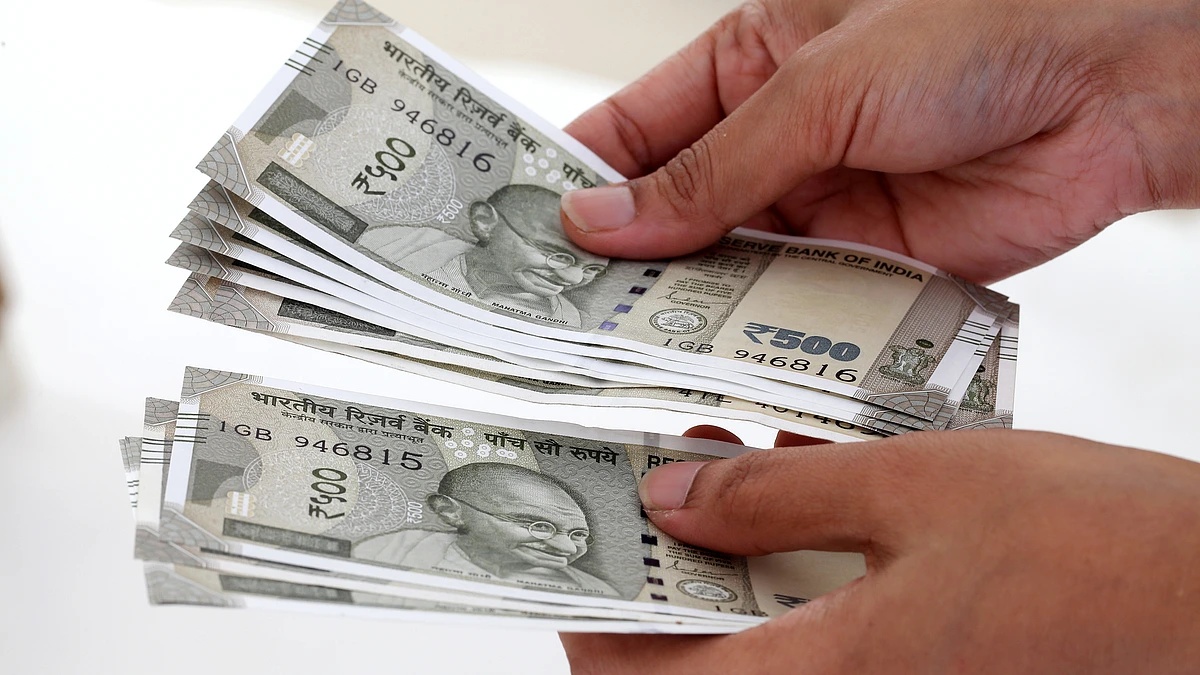
DA and DR Increase for Central Government Employees
The Union Cabinet has approved a significant financial adjustment for central government employees and pensioners, introducing a 2% increase in Dearness Allowance (DA) and Dearness Relief (DR) effective January 1, 2025. This revision brings the DA rate to 55% of basic pay, surpassing the current 53% to counterbalance inflationary pressures. The decision aims to safeguard the purchasing power of over 48.66 lakh employees and 66.55 lakh pensioners, ensuring their financial stability amid rising living costs. The adjustment aligns with the 7th Central Pay Commission’s recommendations, emphasizing a structured approach to wage revisions. The ministry of finance highlighted that this move is part of a broader strategy to maintain economic equilibrium while addressing the needs of public sector workers. The financial implications of this change are substantial, with an annual cost of ₹6614.04 crore to the exchequer, reflecting the government’s commitment to welfare and fiscal responsibility.
Government Revenue and Expenditure Overview
Recent financial data reveals the government’s fiscal health, with total receipts reaching ₹25,46,317 crore as of February 2025. This figure represents 80.9% of the revised estimate for 2024-25, comprising ₹20,15,634 crore in tax revenue, ₹4,93,319 crore in non-tax revenue, and ₹37,364 crore in non-debt capital receipts. The fiscal year’s progress also includes a ₹11,80,532 crore transfer to state governments, marking a ₹1,47,099 crore increase compared to the previous year. On the expenditure front, the government has spent ₹38,93,169 crore, covering 82.5% of the revised estimate. Of this, ₹30,81,282 crore is allocated to revenue accounts, with ₹9,52,844 crore dedicated to interest payments and ₹3,63,005 crore for major subsidies. These figures underscore the government’s efforts to balance revenue generation with essential spending obligations.
Financial Implications and Budgetary Adjustments
The DA and DR revisions have created a notable fiscal impact, with the combined annual cost of ₹6614.04 crore adding to the government’s expenditure. This adjustment reflects a strategic response to inflation, ensuring that public sector workers’ incomes keep pace with economic conditions. The financial planning also includes a robust revenue collection mechanism, with tax and non-tax revenues contributing significantly to the exchequer. The government’s decision to enhance DA and DR rates demonstrates its prioritization of employee welfare while managing the budgetary implications. Additionally, the transfer of funds to state governments highlights the federal structure’s role in distributing resources for regional development. These measures collectively aim to stabilize the economy and support both central and state-level financial commitments.
State Government Employee Categories and Budget Allocation
The financial updates extend beyond central government operations, influencing state-level budgets through the devolution of tax shares. The ₹11,80,532 crore transferred to states represents a critical component of fiscal federalism, ensuring that state governments can address local developmental needs. While the primary focus of the DA adjustment is on central employees, the broader budgetary framework impacts all state government employees indirectly. The allocation of resources to states underscores the interconnectedness of fiscal policies across different administrative levels. This approach ensures that both central and state governments can fulfill their mandates effectively, contributing to national economic stability. The financial data provides a comprehensive view of the government’s fiscal strategy, balancing public welfare with economic sustainability.
Conclusion and Future Outlook
The recent DA and DR revisions, coupled with the government’s financial performance, reflect a balanced approach to managing public finances while addressing employee welfare. The 2% increase in DA and DR is a direct response to inflation, ensuring that public sector workers’ incomes remain aligned with economic realities. The financial figures highlight the government’s capacity to generate revenue and allocate resources efficiently, supporting both central and state-level expenditures. As the fiscal year progresses, these adjustments will play a crucial role in maintaining economic stability and meeting the diverse needs of the workforce. The strategic use of budgetary resources will continue to shape the government’s ability to respond to challenges and opportunities in the economic landscape.




